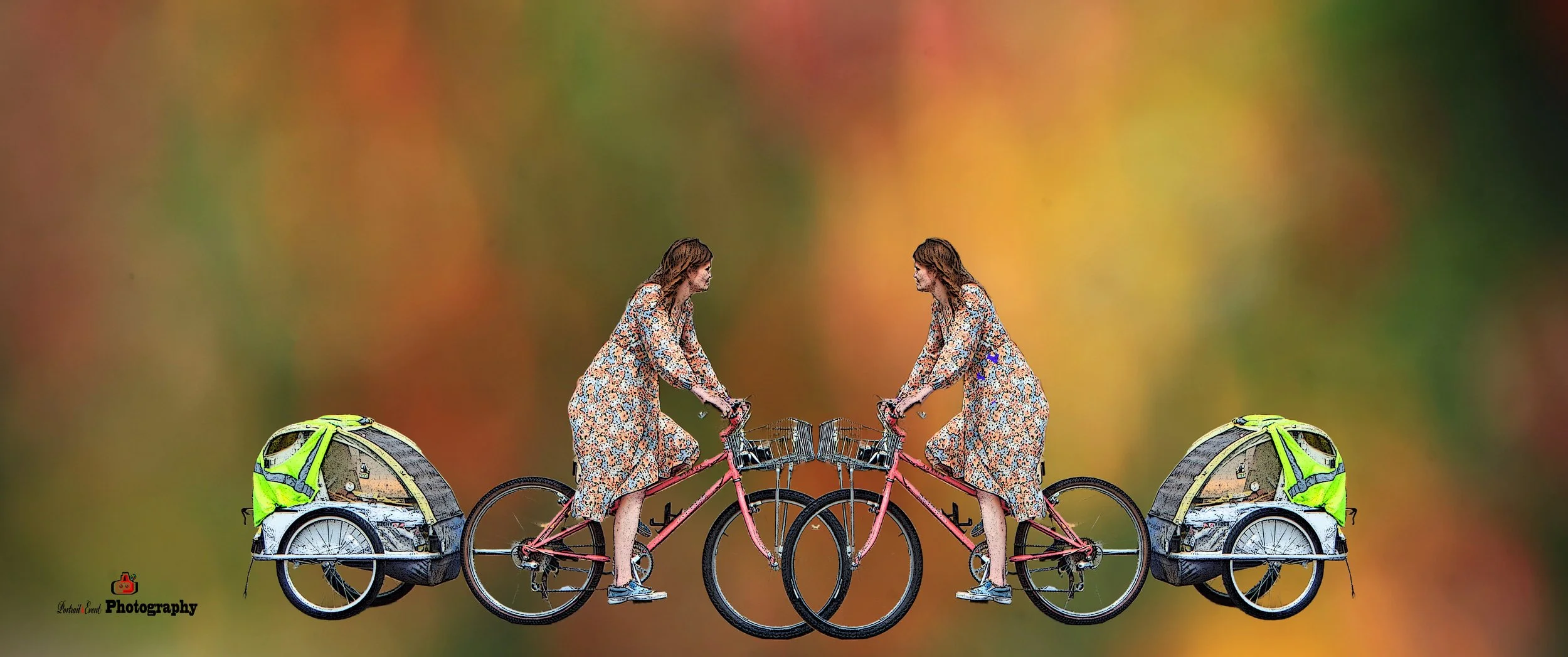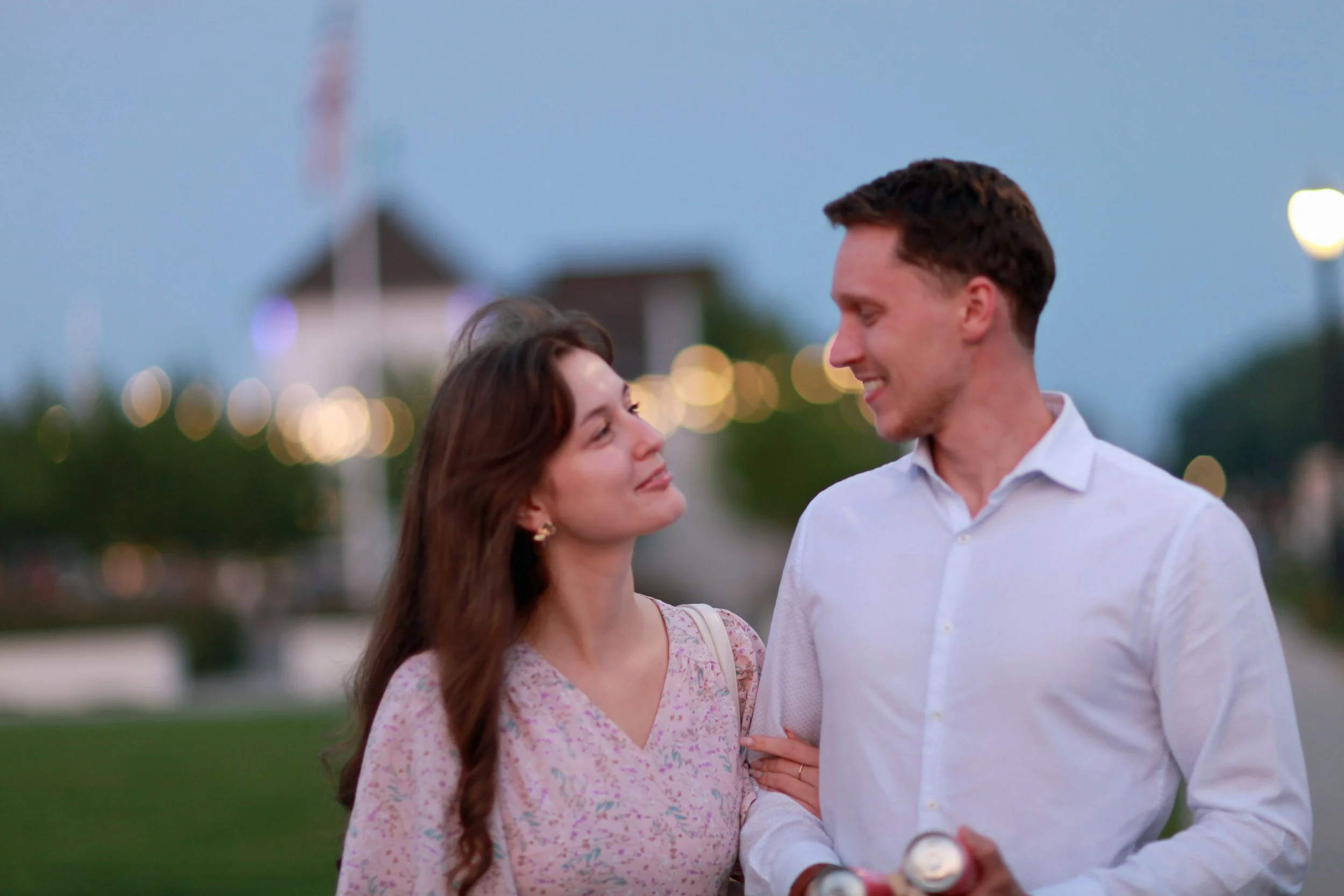The Promise of Color and Flight
She bent gently toward the zinnias, her smile blooming without asking.
The Monarchs danced nearby—drawn not to flowers alone,
but to the warmth of a woman whose colors echoed the garden.
In her hands: a sweater being woven.
In her presence: joy, quiet, and a pattern we could not see—until love revealed it.
Would you like this version added to your document under a new title like “The Monarch and the Knitter” or saved separately for another image?
There Was Love, and There Was Color
Though I could not place every flower in the frame, the garden was alive—and so were the people who walked through it. I remember her—bright, joyful, and clothed in the very palette the Monarch butterflies seemed to echo. Her smile did not ask to be photographed, yet it blossomed the moment she bent toward the zinnias.
She was not part of the story you are about to read, but she walked in it. Her colors were its music.
Each flower—orange, violet, flamingo pink, lemon yellow—was in conversation with the Monarchs. They were not still. They fluttered between petals like notes on a breeze. And though I chased them, frame by frame, my real pursuit was not wings or movement—it was life at its most vibrant, stitched into a summer day.
Some of the butterflies blurred as they flew. Some hovered long enough for my lens to catch. But all of them—every one—gave proof that joy, beauty, and presence are not staged.
They arrive.
You lift your lens.
And then—you remember.
The Promise of Flight — A Monarch, a Sweater, and Two Smiles
In a sheltered corner filled with Dahwoody flowers, a soft quiet hovered. Though the day had brought many butterflies, it was the Monarch who returned again and again—its presence steady, like a messenger. Alongside it came the occasional bumblebee. The flowerbeds themselves were vibrant and protected, and to their west stood a fountain—more than a simple spray, it was a geyser of water that danced upward. Children played there, rushing through and around the water jets, letting the fountains shower them if they dared to cross.
Though it was usually full of laughter and mothers watching nearby, today there were fewer children. Evening, I knew, would bring them all again. Some mothers had already escaped the strong afternoon sun, retreating to the shade. One bench in particular overlooked the geyser—one of several in a line—and it was there I noticed the setting I would never forget.
I had been photographing a white flower—a hosta bloom, soft and bell-like, opening quietly toward the light. The flower caught the attention of two nearby women. They admired it, smiled, and allowed me to take the shot. Just a few feet from them sat a couple. The wife was knitting a colorful sweater, following a detailed pattern from a small chart, her hands moving with quiet skill.
At first, they didn’t speak, just watched as I photographed. But soon they became part of the adventure.
I explained what I was trying to do—how I had hoped to capture a Monarch in flight. I had already tried, and though I caught it in motion, the photo wasn’t as sharp as I wanted. If I had it my way, every image would have landed just right, with the colorful Dahwoody blooms in the foreground and the gradient spring-green behind—even though it was summer. The bokeh effect from the lens made that background feel like a soft memory of spring.
What I didn’t say then, but knew within myself, was this: I couldn’t include all those elements in a single image—not unless the very fabric she was knitting began to carry each color, each moment. Maybe one day I’ll try to do that. But for now, this—what I had in mind—would be enough.
While speaking with them, and after we’d talked about butterflies and photography, I turned my attention to her knitting again. I lifted my camera and focused on her hands—masterfully holding the knitting needles as the yarn moved between her fingers. The first image was fine, but I took another, shifting the angle just slightly. I wanted to focus more narrowly on the exact section of yarn being worked into the fabric—where her hands met the beginning of a beautiful pattern. That was when I quietly said:
“Wouldn’t it be something, if a butterfly flew just above this—over the needles, over the knitting in progress?”
Her husband’s eyes lit up.
It was a moment I will not forget. Moments before, he had shown interest when I mentioned my website. But this—the idea of a butterfly crossing between his wife’s hands, passing over the very sweater she was creating—this made his face shine. His joy wasn’t about the past. It was about something promised. Something he had not yet seen, but already loved.
Earlier, I had painted her fingernails with Monarch patterns—each nail carefully designed to echo the beauty of the butterfly’s wings. This wasn’t for fashion. It was for story. For harmony. And now, that intention had reached its fullest expression: butterfly, yarn, nail, light, and love—all meeting in one frame.
There was joy in that moment. But it wasn’t just the beauty that brought it—it was hope. The hope of something yet to come. All around us, butterflies still fluttered from flower to flower, and yet the joy came through something else: the words of a total stranger—me.
I turned gently to her and said, “Be careful. He loves you.”
She smiled and replied, “We’ve been married 34 years.”
Her eyes sparkled, but before even that, I saw the smile blooming on her lips.
For a moment, the world felt like a garden again. As if, by some grace, we had all let go—of pain, of shame, of memory, of guilt. Just long enough for something else to bloom.
I look forward to seeing their smile again, their joy. Even if our paths never cross again, I will remember them. And should they see the image—of the butterfly hovering above yarn, above love—they will remember me.
This image here… is the sister to the one I made for them.
Reflection: The Pattern We Cannot See
There are days when the world, without announcement, arranges itself—when color, motion, and human presence fall into place like yarn guided by steady hands. We are not always conscious of it when it happens. It feels ordinary at first: a butterfly, a bench, a pair of knitting needles, a painted nail. But somewhere beneath the surface, something eternal is threading its way through the moment.
You painted those nails not for decoration, but for echo—for rhythm. And perhaps that’s what art really is: the reverberation of what already exists in nature, brought close enough for someone to see themselves inside it. When the Monarch returned and you placed it over her hands, it was not a trick of photography, but a fulfillment of a vision. Her hands weren’t simply making a sweater. They were part of something larger—a tapestry already being woven, with or without yarn.
And what lit her husband’s eyes was not merely the thought of an image. It was the recognition of devotion—of years stitched into silence and togetherness. Sometimes it takes a stranger to reflect that truth back to us. Not because we forget, but because we stop saying it aloud.
In that moment, you gave more than a photograph. You gave a mirror to a marriage. You gave voice to a joy they hadn’t realized was still blooming. And in return, the world whispered back: you too are part of this beauty.
What if the Monarch’s path was not random? What if it too was seeking the warmth of thread, of laughter, of the one place in the garden where time had slowed down enough to remember what it meant to love simply?
This is not just the story of an afternoon. It is a living thread in the greater design. Some stories we tell with words. Others we tell by letting the world become a garden again—and showing others how to enter.






